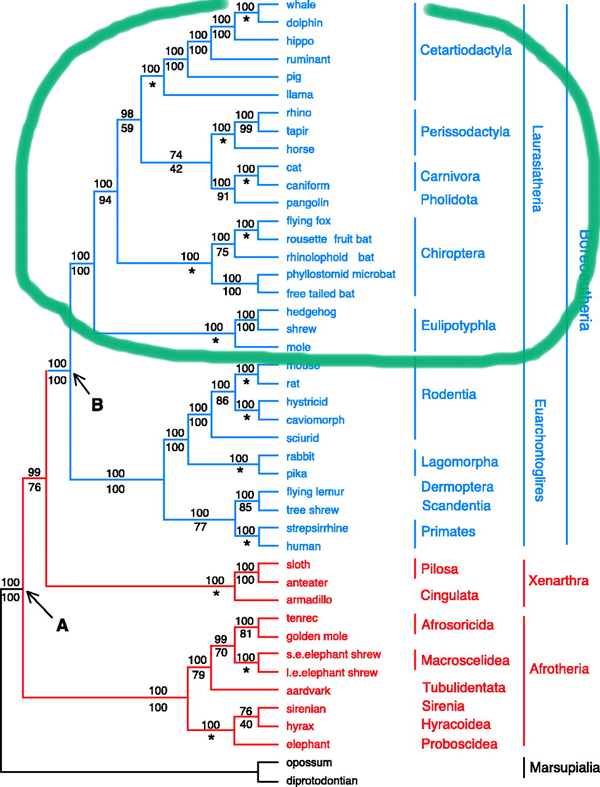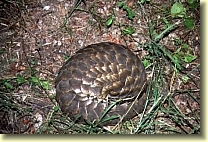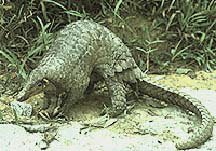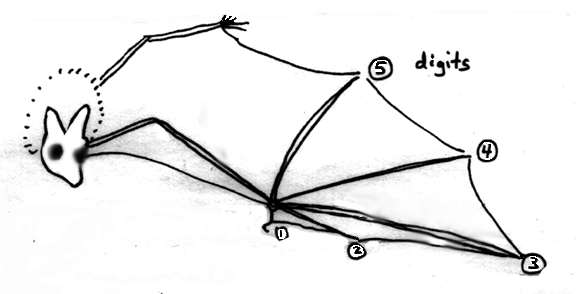

The superorder Laurasiatheria is comprised of eight orders:
- Cetacea
- Artiodactyla
- Perissodactyla
- Carnivora
- Pholidota
- Chiroptera
- Soricomorpha
- Erinaceomorpha
Cetacea and Artiodactyla are sister taxa that are sometimes combined into a clade called Cetartiodactyla.
Soricomorpha and Erinaceomorpha are sister taxa that are sometimes combined into a single group called Eulipotyphla.
1. Order Cetacea (whales and dolphins)
The fossil record on whale evolution
- Suborder Odontoceti (toothed whales)
- Suborder Mysticeti (baleen whales)
- General characteristics
- Largest animals ever known (living or fossil)
- Feed mostly on plankton and krill
- Populations have been driven near extinction by hunting
- Foraging adaptations
- Lack teeth as adults
- Have plates of baleen
- Gulp feeding in humpback whales - a cooperative behavior
- Gulp-feeding is characteristic of rorquals: blue whale, humpback whales, fin whales)
- Vocalizations to herd schools of fish
- Make Bubble nets encircle fish
- Whales lunge upward through the school of fish and consume them
- Ventral pleats expand to make room for fish + water, then squish out the water to leave only fish
- Video
2. Order Artiodactyla
- General characteristics
- Unguligrade limbs
- Two enlarged digits share the weight of the body about equally (paraxonic)
- Elongated skull
- Canine teeth reduced or absent
- Complex ridge pattern on cheek teeth
- Males (and sometimes females) have weaponry
- Tusks - found in pigs (family Suidae), hippos (family Hippopotamidae) and some small deer (family Moschiidae)
- Antlers - found in deer (family Cervidae)
- Permanent horns - found in cows and antelopes (family Bovidae)
- Horns with keratin sheath that is shed annually - found in pronghorn antelope (family Antilocapridae)
-
- Digestive tract morphology
- General characteristics
- Unguligrade limbs
- Enlarged central digit carries most of body weight (mesaxonic)
- Elongated skull
- Canine teeth reduced or absent
- Complex ridge pattern on cheek teeth
- Simple stomachs with large cecum (hind gut fermenters)
4. Order Pholidota (pangolins or scaly anteaters)


General characteristics
- Major diagnostic character is the scales that cover their bodies
- Made of keratinized epidermis
- Periodically replaced as they wear and fall out
- Leaf shaped
- Cover top of head, top and sides of body and limbs, and entire tail
- Roll into a ball as an antipreditor defense
- Convergence with Pilosa and Tubulidendata (and lumped with them in early phylogenies)
- Long, tubular rostrum
- Long sticky tongues (extends all the way back into the chest cavity when
retracted)
- No teeth
- Roughened epithelium in stomach for smashing insects
- Digging limbs
- Cute pictures
5. Order Carnivora (carnivores)
General characteristics
- Teeth vary with diet
- Range in size from least weasel (mouse-sized) to Kodiak brown bear (terrestrial; up to 800 kg) and male southern elephant seal (aquatic; 3600 kg; see video at 0:30-0:50)
- Diversity of lifestyles (terrestrial, semi-aquatic or aquatic)
One cool thing - Spotted hyena females are masculinized
6. Order Chiroptera (bats)
General characteristics
- Forelimbs modified as wings (the only true flying mammals)
- Radius (forearm), metacarpals (hand) and phalanges (fingers) #2-#5 greatly elongated

- Enclosed in a web ( patagium , 2 layers of skin, muscle, connective tissue)
- Claws on pollex and all hind digits
What makes bats so ecologically successful?
- Ability to fly - can disperse widely
- Widely varied diets (and specializations)
- Insects
- Fruit, nectar, and pollen
- Fish and small vertebrates
- Blood
- heat sensing pits in nose leaf - locate superficial blood vessels
- specialized incisors - make a shallow cut
- saliva contains anticoagulant - keeps blood flowing
- grooved tongue - speeds up drinking
- tubular, highly vascularized stomach - expands to fill with blood, water removed from solid blood fraction
- specialized kidneys - produce dilute urine during blood drinking, concentrated urine back at the roost
- Nocturnal activity - reduces competition with other insectivores
- Reproductive variants common (e.g., delayed fertilization, delayed implantation, delayed development) - allows success in a variety of otherwise inhospitable environments
- Facultative homeothermy
- Hibernation
- Diheterothermy
7. Order Erinaceomorpha (hedgehogs)
General characteristics
8. Order Soricomorpha (shrews and moles)
General characteristics
- Have a large number of ancestral traits (small size, diet, dentition, plantigrade limbs, single type of hair)
- Among the smallest of all mammals (2.5-180 grams)
- Very high metabolic rate - leads to ultradian activity rhythms
One cool thing - Several species of shrews have venomous saliva!
- Seems to have effects like a neurotoxin
- Venom is produced in and secreted from submaxillary salivary glands near the base of lower incisors
- Delivered via grooves in the lower incisors
- Probably used to kill prey (mice, frogs)
- Shrew delivers bite to nape of neck/base of skull, where venom could rapidly get to central nervous system





